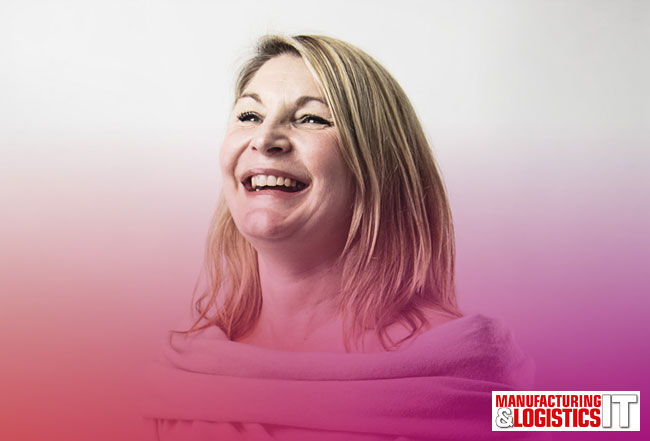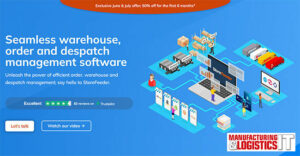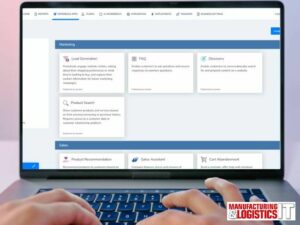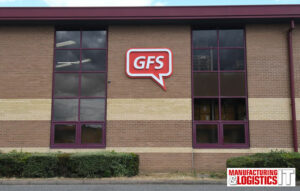For years, consultancies have debated what the best pricing model is, and whether it’s charging by time or using a fixed service rate. There are pros and cons of each, which can make it difficult when deciding what approach to adopt. To support businesses in finding the right pricing model for them, Louise Cermak, Principle Consultant at software and IT consultancy Catapult CX, explores the importance of value-based pricing.

According to Consulting Success, only 26 per cent of consultancies use value-based rates, meaning they set prices based on the industry’s perceived value of services or products. In the current economic climate, many businesses are under pressure to reduce costs and focus on short-term goals such as maintaining profits, instead of thinking about long-term growth. Some businesses may be tempted to reduce their prices in the hope of overtaking competitors. But this approach doesn’t offer value to clients, which can be a problem if the business is working on a project-to-project basis.
On the flip side, there are consultants with substantial Time and Materials (T&M) rates, also known as hour or day rates, that base pricing on industry experience. This type of pricing model is universally known. However, more experienced consultants will often spend limited time on the project and instead delegate work to less experienced team members. Furthermore, it can be harder for consultants to develop a strong relationship with customers because they’re aware that they charge for their time.
Choosing the right pricing model
Three factors to consider when selecting a pricing model are price of service, value and cost of experience and tools. Every consideration needs to be a reflection of the others, to ensure customers are getting the best price and that consultants are paid their worth. Here, consultants must consider things like project duration, value to the customer, the steps and tools needed to achieve the desired outcome and any money customers may save.
Consider this example: a client asks for advice on how to improve their IT system. Their current software relies heavily on manual processes that are taking up time that could be spent growing the business. The consultants assess the software and create an Agile service package with updated software and systems. The consultancy team then coaches all in-house team members on how to use the tools effectively. A year later, the business has grown ten per cent and customer experience has greatly improved.
Let’s say this project took a couple of months to complete but saved the client thousands in the process. The value to both the consultant and customer is high, and therefore should be priced accordingly.

Quality over quantity
As prices rise and businesses are under pressure to continue to grow despite paying more, consultancies are increasingly seeing the value of fixed pricing models. Value-based and fixed rates are flexible for both customer and consultant and provide customised service packages that meet companies’ specific needs.
While in other industries it may be popular for customers to go with the cheapest option, in my experience in security and IT systems, customers want a good return on investment that’s reliable, secure and efficient. Customers will look for experienced consultants that can offer value that aligns with their business goals.
At Catapult, we offer fixed service rates to all customers, so that we have the flexibility to drop experts into the project at whatever stage it’s needed. This means we can deliver work at a faster rate without sacrificing quality. We also have over 20 years’ experience in software development, which makes it easy for us to come in, assess digital needs and create a service package that works towards the wider business objectives.
- SEO Powered Content & PR Distribution. Get Amplified Today.
- Platoblockchain. Web3 Metaverse Intelligence. Knowledge Amplified. Access Here.
- Source: https://www.logisticsit.com/articles/2023/02/14/why-the-big-consultancy-model-is-broken
- a
- About
- accordingly
- Achieve
- adopt
- advice
- agile
- Aligns
- All
- and
- approach
- base
- based
- basis
- because
- BEST
- Big
- Broken
- business
- businesses
- charge
- charging
- cheapest
- client
- clients
- Climate
- come
- competitors
- complete
- Cons
- Consider
- consideration
- consultancy
- consultant
- consultants
- consulting
- continue
- Cost
- Costs
- could
- Couple
- create
- Current
- customer
- customer experience
- Customers
- CX
- day
- Deciding
- deliver
- Despite
- develop
- Development
- difficult
- digital
- Doesn’t
- Drop
- each
- Economic
- effectively
- efficient
- ensure
- Every
- example
- experience
- experienced
- experts
- factors
- faster
- finding
- fixed
- Flexibility
- flexible
- Flip
- Focus
- Furthermore
- getting
- Go
- Goals
- good
- greatly
- Grow
- Growing
- grown
- Growth
- heavily
- here
- High
- hope
- How
- How To
- However
- HTTPS
- importance
- improve
- improved
- in
- In other
- increasingly
- industries
- industry
- industry’s
- instead
- investment
- IT
- known
- Limited
- long-term
- Look
- make
- MAKES
- manual
- many
- materials
- meaning
- means
- Meet
- Members
- model
- models
- money
- months
- more
- needed
- needs
- objectives
- offer
- Option
- Other
- Others
- Outcome
- package
- packages
- paid
- paying
- perceived
- plato
- Plato Data Intelligence
- PlatoData
- Popular
- pressure
- price
- Prices
- pricing
- principle
- Problem
- process
- processes
- Products
- profits
- project
- PROS
- provide
- quality
- Rate
- Rates
- reduce
- reflection
- relationship
- reliable
- return
- Rise
- sacrificing
- Save
- secure
- security
- seeing
- selecting
- service
- Services
- set
- short-term
- should
- So
- Software
- software development
- some
- specific
- spend
- spent
- Stage
- Steps
- strong
- substantial
- success
- such
- support
- support businesses
- system
- Systems
- taking
- team
- ten
- The
- their
- therefore
- things
- Thinking
- thousands
- time
- to
- tools
- towards
- under
- updated
- us
- use
- value
- value-based
- What
- whether
- which
- wider
- will
- without
- Work
- working
- works
- worth
- year
- years
- zephyrnet












